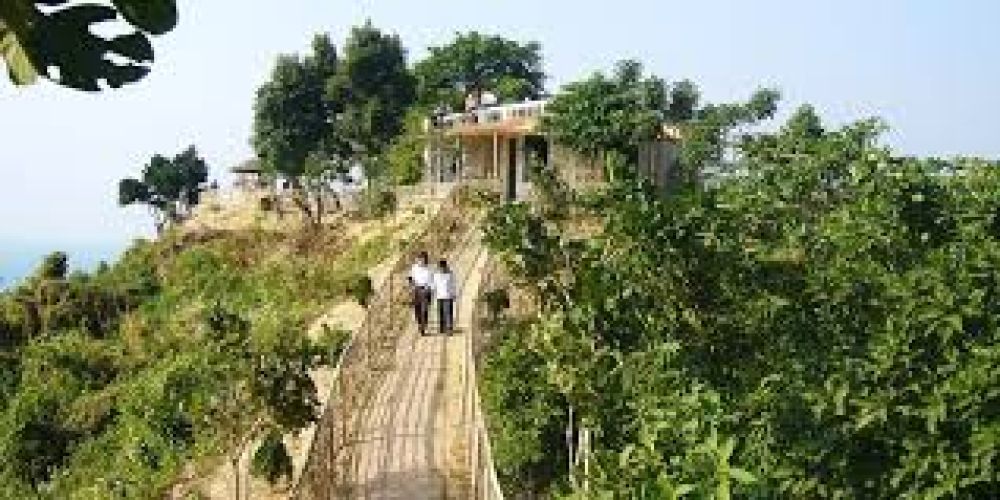

Himchari National Park is one of the most renowned and picturesque destinations in Bangladesh, situated near the popular tourist town of Cox's Bazar, which boasts the world’s longest natural sandy sea beach. The national park was established in 1980 with an aim to protect the region's natural landscapes, indigenous plant species, and wildlife. It covers an area of about 1,729 hectares and is a haven for biodiversity, housing various species of plants, animals, and birds.
Cox's Bazar has been a beacon for tourists long before the establishment of Himchari National Park. With its origin as a market town and fishing port, it gradually evolved into a tourist destination in the 20th century. The transformation was primarily due to the region’s captivating beaches and the burgeoning demand for seaside holidays among local and international tourists.
In the 1930s, the British government took initiatives to start developing the area as a beach resort. However, modern tourism flourished after Bangladesh's independence in 1971. The subsequent development of infrastructure, including hotels, motels, and roadways, played a pivotal role in attracting more visitors to the area.
The establishment of Himchari National Park was a step further in drawing ecotourists interested in natural beauty, biodiversity, and adventure. Its lush greenery, hills, waterfalls, and walking trails offer a serene escape from the bustling beachfront of Cox's Bazar.
Lately, tourism trends in Cox's Bazar and Himchari National Park have been influenced by a mix of sustainable practices, adventure tourism, and digital connectivity. Eco-tourism is growing as visitors are becoming more conscious of the environmental impact of their travels. Tour operators and hospitality businesses are adopting eco-friendly policies to cater to this audience.
Adventure tourism is also gaining traction, with tourists increasingly interested in trekking through the hilly terrains of Himchari, exploring its biodiversity, and partaking in water-based activities in Cox's Bazar. The inclusion of different water sports and beach activities adds to the allure of the destination.
The rapid spread of digital technology and social media is another trend impacting tourism. Travelers are now more informed than ever, and their choices are influenced by online reviews, travel blogs, and stunning photographs shared across platforms like Instagram and Facebook. The region's tourism industry is adapting to these trends by maintaining a strong digital presence and providing visitors with Wi-Fi connectivity to stay connected.
The government of Bangladesh has recognized the potential of tourism for economic development and has been investing in the modernization of the region's infrastructure. The development of the Cox's Bazar International Airport is poised to open up the region to more international visitors, making it easier for tourists to access the beauty of Himchari National Park and the surrounding areas.
In conclusion, Himchari National Park, together with Cox's Bazar, represents a harmonious blend of history, natural beauty, and modern tourism trends. With ongoing efforts to develop the area responsibly, the future of tourism in this part of Bangladesh looks bright, promising a sustainable and enriching experience for visitors from around the globe.